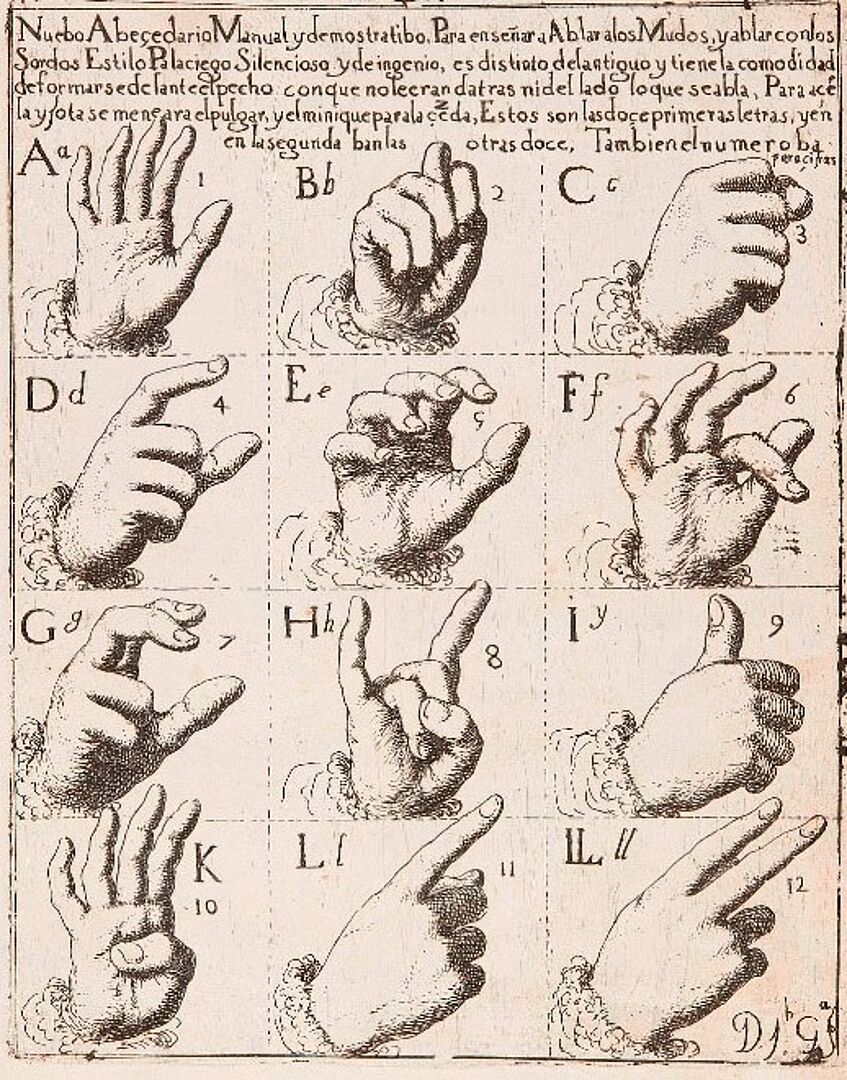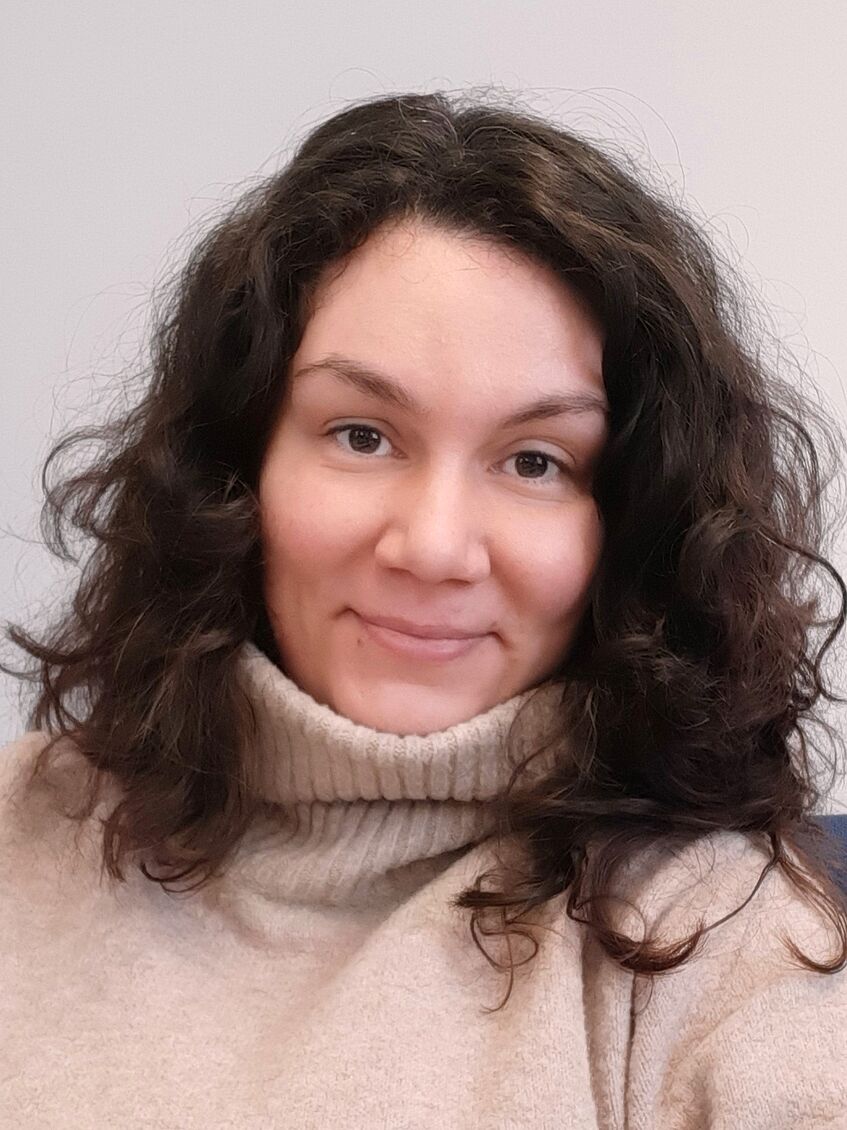Dr. Temenuzhka Dimova
Temenuzhka Dimova is an art historian, specialized in the study of chirograms (depicted hand gestures) in Early Modern art. Working currently as a postdoctoral researcher at Vienna Cognitive Science Hub and at the Lab for Cognitive Research in Art History (CReA), she is Principal Investigator of the FWF ESPRIT-program project "Following the Festaiuolo. How Do Deictic Gestures in Painting Influence the Beholder's Gaze?".
Current research topics include:
- Transcultural perception of pictorial chirograms
- Deixis in Early Modern art
- Chirographic accords in painting
- Annotation system for chirograms
Old master paintings and graphic arts are a great opportunity to study how gesture cultures develop across time, by combining well known common references and specific local traditions. Painters have been influenced by various living practices such as oratory, theater, Sign Languages, liturgy, finger reckoning and others, but interestingly, they also created their own suitable conventions. Transposing a three-dimensional and complex hand movement into a two-dimensional chirogram, able to convey a clear meaning, is not an easy task. Painters naturally selected what they considered to be (from their perspective) the most understandable and clear gestures, and they combined them into specific accords in order to provide narrative and symbolic content.
After establishing an inventory of about hundred pictorial chirograms and connecting their meaning to descriptions in ancient texts, Temenuzhka aims to compare the pictorial chirographic compositions with current gesture practices and Sign Languages. What are the functional differences between a depicted hand configuration and a living movement? How does their perception differ? And how linguistic and other backgrounds of the beholders can influence their understanding? Many of the ancient practices that inspired art are now forgotten. While visiting museums, contemporary beholders don’t interpret pictorial gestures in the exact same manner as historical beholders did. Thanks to empirical methods it will be possible to reveal how gesture perception in art unfolds and to readjust thereby art history and museum didactics.
Publications
Books:
2019, T. Dimova, Le langage des mains dans l’art. Histoire, significations et usages des chirogrammes picturaux en France aux XVIIe et XVIIIe siècles, Brepols Publishers (collection Art Theory 1400-1800), Turnhout, ISBN: 978-2-503-58483-6
2016, T. Dimova, M. Guédron, M. Mistre-Schaal, L'emprise des sens, Paris, Hazan, (collection Repères iconographiques), ISBN: 978-2-7541-0820-1
Articles:
2023, T. Dimova, "Chiroscript: Transcription System for Studying Hand Gestures in Early Modern Painting", Arts, 12:179, doi.org/10.3390/arts12040179
2020, T. Dimova, “Пътуващият поглед. Приложение на окулографията в изкуствознанието и мултикултурно възприятие”, Proceedings of the Art Readings 2020, Bulgarian Academy of Sciences, Sofia.
2015, T. Dimova, “Une anamorphose révélée par le langage des doigts chez Simon Vouet”, Interstudia (Review of Interdisciplinary Centre for Studies of Contemporary Discursive Forms), Alama mater, Bacau, p. 215-224, ISSN: 20653204
2015, T. Dimova, “Quand les mains se souviennent. Usages mnémoniques de la main du XVe au XVIIe siècle”, Doctorales Revue LLA-SHS de Montpellier, n° 3, online journal.
2015, T. Dimova, “Жестът на скръстените пръсти според хирологията във френската живопис през XVII и XVIII век”, Proceedings of the Art Readings 2014, Bulgarian Academy of Sciences, p. 377-387, ISSN: 1313-2342
2014,T. Dimova, “Dextrarum junctio ou le sceau des âmes unies : usage d’un geste dans la France des XVIIe et XVIIIe siècles”, Source(s). Cahiers de l’équipe de recherche ARCHE, n° 5, p. 75-92, ISSN: 2265-1306

José García Hidalgo, « Alphabetic dactylology » in Abecedario demostratiuo, 1692, etching, Biblioteca Nacional de España, Madrid.

Gentile da Fabriano, Arithmetica, 1411-1412, Fresco, Palazzo Trinici, Foligno. ©Palazzo Trinici

